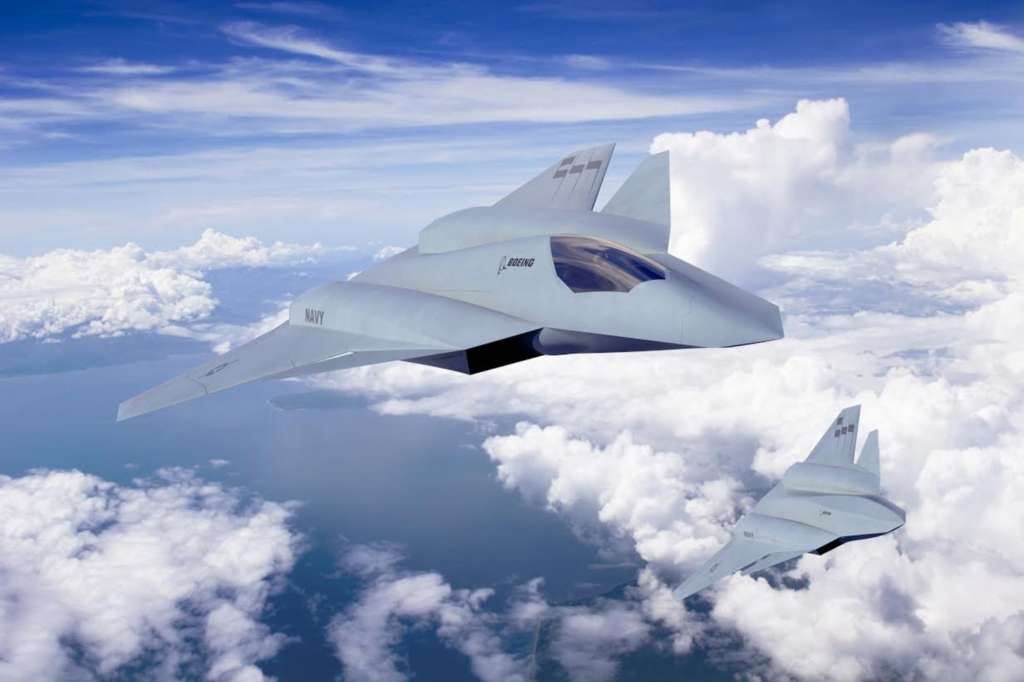The Pentagon has begun briefing key allies on plans for advanced weapons technologies aimed at offsetting Russian and Chinese military gains. But the next round of these discussions is on hold, awaiting approval of the programs by the Trump administration.
Deputy Defense Secretary Robert Work said he met in early November for “formal collaborations” with close foreign partners to explain the high-tech weapons systems, which are aimed at restoring U.S. dominance in conventional warfare. This approach, which seeks to leverage U.S. leadership in computer technology, is known within the Pentagon by the cumbersome moniker the “third offset strategy.”
The handoff to the next administration is delicate. During the Obama administration, the Pentagon has become increasingly worried about Russian and Chinese improvements in weapons technology and those nations’ aggressive, risk-taking behavior. The push for new weapons systems reflects those fears. But President-elect Donald Trump has said he hopes to improve relations with Russia, a process that might be complicated by a new high-tech arms race.
Work summarized an unclassified version of the briefing he shared with allies. It proposes interlocking systems of computer-driven sensors, battle-management networks, kinetic weapons and logistics. The aim is to create systems that are so fast and pervasive that they could overwhelm what Work described as an adversary’s “OODA loop,” meaning its capacity for “observation, orientation, decision and action.”
Work briefed Trump’s transition team about these technologies on Tuesday. He also shared with them a summary prepared by the Pentagon’s Office of Net Assessment describing in graphical form the declining U.S. edge, or “overmatch,” in conventional weapons, relative to Russia and China.
“Our conventional overmatch has been eroding for some time,” Work said in an interview at his Pentagon office. “It’s not at a critical stage yet, but it is concerning. And as we look at the trends, we say, when it comes to conventional warfighting, we don’t want fair fights.” Instead, he said, the Pentagon wants “short, sharp and victorious” conflicts.
Work’s spokesman wouldn’t describe the Trump team’s reaction to the “third offset” briefing, or say whether they’ve signaled that they will continue the programs. Work has deferred a planned second set of meetings with allies so that these contacts can have Trump’s blessing. “Our hope is that, obviously, this thinking . . . will be accepted in some way, shape or form by the new administration,” he said.
“The most powerful signal that they could give is if they had the next follow-on meeting, which would indicate to our allies, okay, you know, the ship continues to go in the [same] general direction,” Work said.
Support from allies is important because the new “overmatch” strategy is designed to allow foreign partners to “plug into” the complex sensor, battle-management and weapons systems, Work said. “You just have to have the right plugs . . . so that machines can talk to machines.” As the machines process the information, they would make it available in the cockpits of airplanes, in seaborne command centers or even on the helmet visors of individual soldiers.
The power of the new systems comes from their ability to fuse different sensors, platforms and weapons, and to coordinate unmanned systems on land, sea, in the air and underwater. Some of these systems sound like video game warfare, and others have an ominous resemblance to “killer robots” or swarms of tiny drones. The value of such ultra-high-tech battle networks, from the Pentagon’s perspective, is that they would radically complicate a potential adversary’s ability to plan an attack — and thereby, in theory, provide better deterrence.
Work has been the chief advocate of this new warfighting concept. After he gave a briefing on the “third offset” to a bipartisan strategy group in Aspen, Colo., over the summer, some members said that he should remain at the Pentagon, whoever was elected, to provide continuity.
When asked whether he hoped to stay involved, Work responded: “I am very invested in this. . . . I will help the next administration in any way I can to help make sure that this type of thinking continues.”
Work warned about the danger of halting or slowing the new programs. “We have this momentum built up now inside the department,” he said, noting that the challenge isn’t just to develop the technologies, but also to incorporate them into the U.S. military’s doctrine, training and war-gaming exercises.
Would this new generation of weapons provide greater strategic stability with Russia and China, or more instability? Of the many national security issues facing Trump, this is among the most consequential.
The Washington Post
